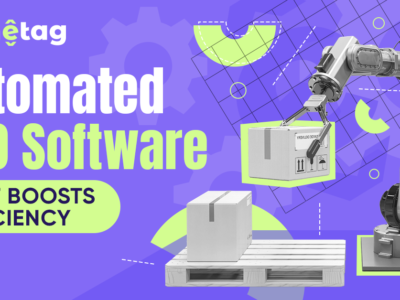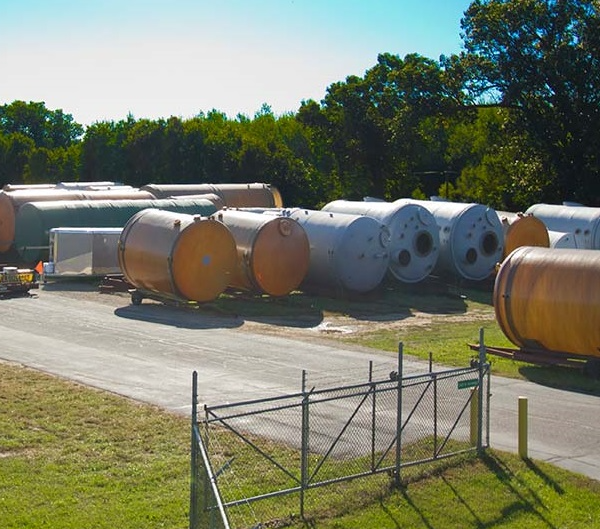
Salesforce is a powerful customer relationship management (CRM) platform used by businesses worldwide to manage their customer interactions and data. As organizations grow and their Salesforce usage becomes more complex, it’s crucial to maintain and optimize the system for peak performance. Optimizer for Salesforce is a valuable tool in this process, offering insights and recommendations to improve your Salesforce org.
What is Salesforce Optimizer?
Salesforce Optimizer is a free diagnostic tool provided by Salesforce to help administrators and developers analyze and improve their Salesforce org. It performs a comprehensive scan of your Salesforce instance, examining various aspects of your setup and configuration. The tool then generates a detailed report with actionable recommendations to enhance performance, usability, and security.
Salesforce Optimizer analyzes numerous components of your org. This includes field usage, object configuration, page layouts, user profiles, and permission sets. It also examines Apex code and triggers, reports and dashboards, workflow rules and Process Builder, data storage and file usage, API usage and limits, and feature adoption. By examining these areas, Optimizer provides a holistic view of your organization’s health and efficiency.
Read More Articles: Discovering the Beauty of Nature in ‘The Birds Of America’ Book by Audubon
When to Run Salesforce Optimizer?
Understanding the optimal times to run Salesforce Optimizer is crucial for maintaining a healthy Salesforce org. Here are the key times when you should consider running this valuable salesforce optimizer tool:
1. Regular Check-ups:
Run Salesforce Optimizer at least once every three months. These quarterly check-ups help you track changes in your organization’s health over time and catch small issues before they become big problems. They also keep you updated on new Salesforce features and best practices. This helps you maintain a consistent optimization routine. Consider setting a recurring calendar reminder for your team to ensure these regular check-ups aren’t overlooked.
2. Before Major Updates or Changes:
Launch Optimizer 2-4 weeks before planned changes to your Salesforce org. This includes situations such as upgrading to a new Salesforce version, implementing new features or AppExchange packages, and making substantial changes to your data model. It also covers overhauling your page layouts or Lightning pages or introducing new custom objects or fields. Running Optimizer before these changes helps you identify existing issues that might complicate your planned changes and establish a baseline for comparing post-change performance. Additionally, it lets you discover opportunities to incorporate improvements into your planned changes and ensure your org is in the best possible state to handle the upcoming changes.
3. After Major Updates or Changes:
You can install Optimizer 1-2 weeks after implementing significant changes. This post-change analysis allows you to assess the impact of your changes on overall organization health and identify any unexpected issues introduced by the changes. It helps you discover new optimization opportunities that arise from your updates and ensures that your changes align with Salesforce’s best practices. Additionally, you can compare pre and post-change Optimizer results to measure improvement.
4. When Performance Issues Arise:
If you or your users start experiencing performance problems with Salesforce, such as slow page loads, long report run times, or system timeouts, it’s time to run Optimizer. In these situations, Optimizer can identify potential causes of performance issues and suggest specific optimizations to address the problems. It provides a comprehensive health check to rule out other potential issues and offers a baseline for measuring the effectiveness of your performance improvements.
5. During Slow Periods:
When your organization experiences a lull in activity, such as during holidays or slower business seasons, it’s an ideal time to focus on Salesforce optimization. Running Optimizer during these periods lets you spend more time thoroughly reviewing the report and implementing recommended changes with minimal disruption to users. It also allows for more extensive testing of optimizations and better planning and preparation for larger optimization projects.
6. Before Salesforce Releases:
Run Optimizer 3-4 weeks before each major Salesforce release (Spring, Summer, and Winter). Ensuring your organization is ready for new features allows you to identify areas that might be impacted by the upcoming release. Plan for necessary updates or changes to align with new Salesforce capabilities, and prepare your organization for deprecated features or changing best practices.
7. When Onboarding New Team Members:
Before new hires begin working and throughout their onboarding process, run Optimizer. Providing new team members with a comprehensive overview of your organization’s health helps identify areas where your Salesforce setup might be confusing for them. It also highlights optimization opportunities they can work on during onboarding and establishes a baseline for measuring the impact of their changes.
8. During Annual Planning:
Launch Optimizer as soon as you begin the yearly planning process. This can help identify major areas for improvement in your Salesforce org and provide data to inform your Salesforce-related goals and objectives. It also helps prioritize Salesforce projects and improvements for the upcoming year. Additionally, it offers insights that can be incorporated into your overall IT and business strategy.
9. After Mergers or Acquisitions:
If your company is going through a merger or acquisition, run Salesforce Optimizer before, during, and after the merger process. This helps assess the health of both orgs and identify potential integration challenges. It also tracks the progress of organizational consolidation and identifies any issues that arise. Ensuring the combined org is optimized and aligned with best practices is crucial.
10. When Considering New Salesforce Products:
Perform an Optimizer run before deciding whether to add more Salesforce features or products to your organization. This helps you assess whether your current setup can support the new additions and identify any optimizations needed before implementing new products. It also helps you understand how new products might integrate with your existing setup, allowing you to make more informed decisions about which products will benefit your org the most.
How to Run Salesforce Optimizer
Running Salesforce Optimizer is a straightforward process:
- Log in to your Salesforce org as an admin.
- Go to Setup.
- In the Quick Find box, type “Optimizer” and select “Optimizer” from the results.
- Click the “Run Optimizer” button.
- Wait for the report to generate (this can take a few minutes).
- Once it’s ready, you can view and download the report.
Salesforce Optimizer Results
When you run Salesforce Optimizer, you’ll get a detailed report. To make the most of it:
- Read the summary to get a quick idea of your org’s overall health.
- Look at the different categories like “Feature Optimization,” “Performance,” and “Security.”
- Pay attention to the impact levels (high, medium, or low) for each recommendation.
- Understand the recommendations by reading the explanations provided.
- Follow the “How to fix it” steps for implementing improvements.
- Prioritize your actions by focusing on high-impact items first.
Best Practices for Using Salesforce Optimizer
To get the most out of Salesforce Optimizer:
- Set a regular schedule for running Optimizer.
- Assign responsibility to someone on your team for running Optimizer and reviewing results.
- Share the results with your team and stakeholders.
- Create an action plan for addressing the most important recommendations.
- Keep track of the issues you’ve fixed and improvements you’ve made.
- Use Optimizer along with other Salesforce health check tools.
- Stay educated about Salesforce best practices.
Read More Articles: The Legacy of Audubon’s Birds Of America: An In-Depth Review of the Book
Limitations of Salesforce Optimizer
While Salesforce Optimizer is a powerful tool, it’s important to understand its limitations:
- It doesn’t fix issues automatically; you need to make the changes yourself.
- It might not catch every possible issue in your org.
- Some recommendations might not be relevant to your specific business needs.
- Only Salesforce admins can run Optimizer.
- It doesn’t replace the need for skilled Salesforce administrators and developers.
Conclusion
Make Optimizer a cornerstone of your Salesforce maintenance strategy, and you’ll be well-positioned to maximize the value of your Salesforce investment. Transform your marketing and sales automation efforts with WhiteRock, your trusted Salesforce consulting partner. Our expertise in optimizer app salesforce will fuel your initiatives, enabling you to drive higher deal volume with a more transparent and predictable sales pipeline.










